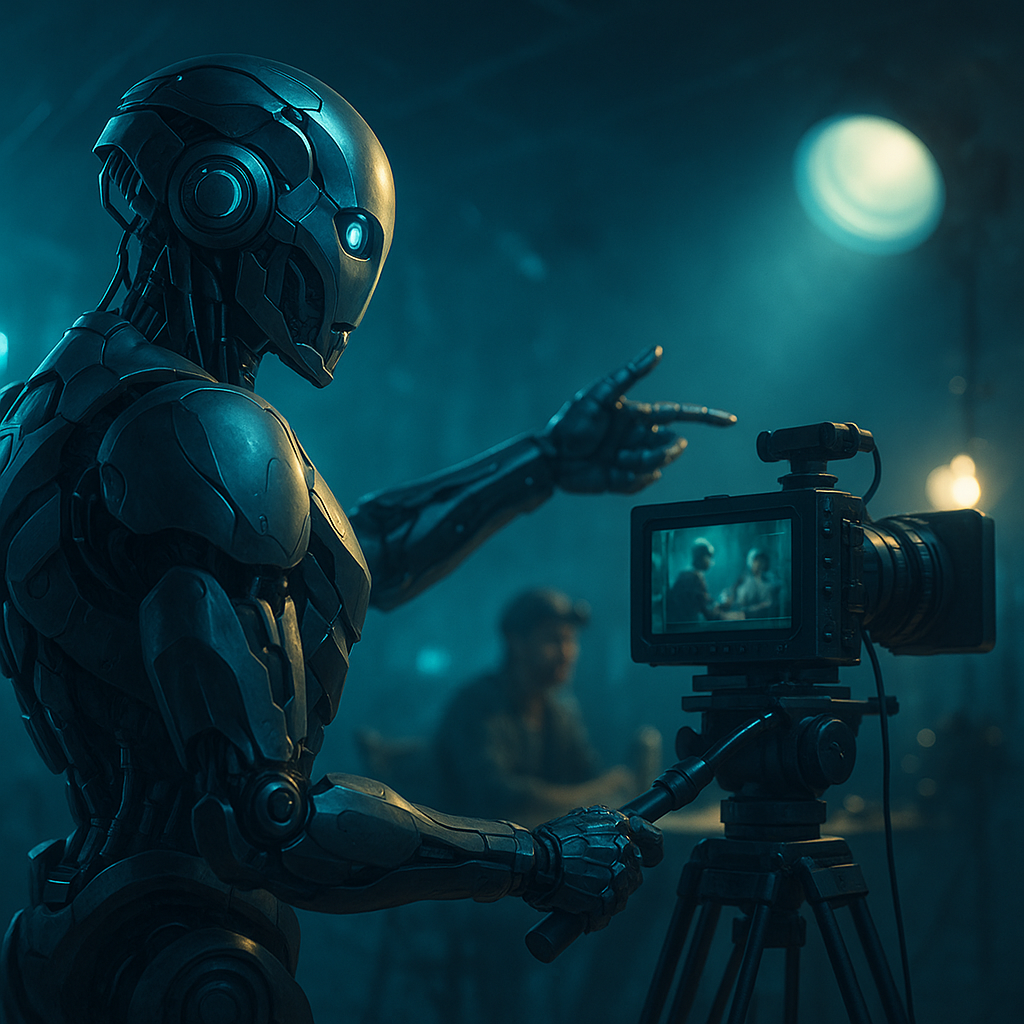
The future of video production is here, and it’s surprisingly accessible. Here’s how creators are producing professional-grade commercials using nothing but AI tools and smart workflows.
A recent Liquid Death advertisement is a perfect case study for how dramatically AI video generation has evolved. For the first 30 seconds, viewers naturally assume they’re watching a traditional high-end production. The story is compelling, the visuals are smooth and cinematic, and the pacing feels perfectly orchestrated — everything expected from a major agency campaign.
The revelation that it was created entirely with AI marks a significant turning point in content creation.
This wasn’t some experimental art project with telltale signs of AI generation — no spaghetti fingers, melting faces, or weird glitches. This was a real advertisement with consistent characters, coherent storytelling, and visuals that looked like they belonged on Netflix or during prime time television.
Perhaps most remarkably, it wasn’t produced by a big agency with a massive budget. It was created by regular people, likely working from home, using the right combination of tools and a clever workflow.
AI has levelled up, big Time.
Just twelve months ago, AI-generated video was mostly a novelty — broken visuals, awkward animations, and results that no serious marketer would ever consider publishing. The technology was fascinating but ultimately unusable for professional applications.
Today’s landscape is completely different. You can now build entire campaigns that feel indistinguishable from professionally produced content. The transformation isn’t just about improved visual quality; AI tools are beginning to understand the nuances of storytelling — tone, pacing, emotion, and perhaps most importantly, character continuity.
This understanding of narrative structure is the real game-changer. It’s what separates amateur experiments from professional-grade content.
The workflow behind professional AI Video
Creating polished video content no longer requires a studio, crew, or expensive equipment. Success comes down to having the right stack of tools and the patience to execute a thoughtful workflow. Here’s the process that’s emerging as the industry standard:
The Three-Tool System
1. Google VEO-3 for Foundation Building. This is the engine for generating wide shots and establishing key scenes. VEO-3 handles the heavy lifting of motion, lighting, and overall atmosphere. It’s particularly strong at creating those cinematic moments that anchor a story.
2. Runway Gen-4 and Flux for Consistency. These tools become essential for maintaining style and character consistency throughout projects. Creators rely on them especially when pulling stills for mid-scene corrections or creating seamless transitions between sequences.
3. Kling 2.1 Master for Emotional Impact Using the img2video feature, Kling excels at keeping characters consistent and expressive in close-up shots. This is where creators capture those crucial emotional beats and detail shots that make viewers connect with stories.
This combination provides surprising control over final products, allowing creators to craft professional-looking content without traditional production resources.
The reality of budget and costs
While these tools are increasingly accessible, they’re not entirely free, at least not yet. Recent projects have shown that they cost around $800 in credits across VEO, Kling, and other platforms. VEO-3, in particular, burns through credits quickly due to its computational intensity.
To manage costs effectively, creators use older versions like VEO-2 for certain shots and take advantage of free beta credits from platforms like Freepik and Hedra whenever possible. The key is being strategic about when to use premium tools — saving VEO for the big, establishing moments and using Kling for intimate close-ups.
The encouraging news is that prices are dropping rapidly. What costs $800 today will likely cost half that in six months, making this workflow increasingly accessible to creators of all budgets.
Why This Shift Matters
This isn’t simply a technological upgrade but a fundamental creative shift. For the first time, individual creators can tell compelling stories with genuine emotional impact using AI tools alone. No crew, no equipment truck, no six-figure budget required.
The technology isn’t perfect yet. Character consistency across long sequences still requires careful attention and multiple iterations. However, it’s already good enough to replace 80-90% of traditionally produced video content. And the improvement curve is steep — each month brings noticeable advances in quality and capability.
Are we still going to be filming?
This question is becoming increasingly relevant across the industry. If tools like VEO, Kling, and Runway continue evolving at their current pace, the industry may soon reach a point where most video content is generated rather than filmed.
The technology isn’t quite there yet, but it’s getting remarkably close. The storytelling feels authentic, the emotions resonate, and the overall production value is convincing. The gap between AI-generated and traditionally produced content is narrowing rapidly.
Ready to try it yourself?
For those curious about exploring this new frontier, here are the tools worth investigating:
- Google VEO — Best for wide shots and scene establishment
- Runway Gen-4 — Excellent for style consistency and transitions
- Kling AI — Superior for character consistency and close-ups
- Freepik AI Studio — Great for experimenting with free credits
The Creative Revolution
AI isn’t replacing creativity — it’s democratising it. More people than ever now have access to professional-grade video production capabilities, and the barriers that once separated amateur creators from professional producers are crumbling.
The future of video production is here, and it’s surprisingly accessible. The question isn’t whether AI will change how content is created — it’s how quickly the industry will embrace the change.

